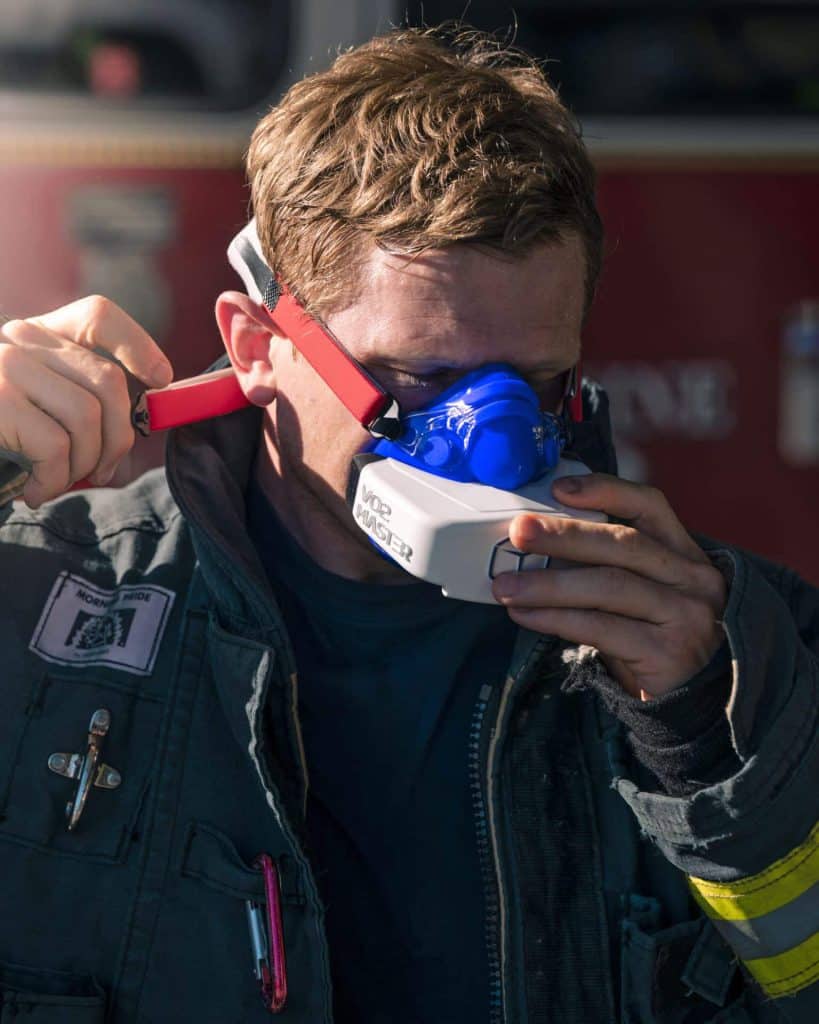Accuracy of Tracking Devices’ Ability to Assess Exercise Energy Expenditure in Professional Female Soccer Players: Implications for Quantifying Energy Availability
The purpose of the study was to assess the accuracy of commonly used GPS/accelerometer-based tracking devices in the estimation of exercise energy expenditure (EEE) during high-intensity intermittent exercise.

Authors
Marcus S. Dasa1, Oddgeir Friborg2, Morten Kristoffersen3, Gunn Pettersen1, Jorunn Sundgot-Borgen4 and Jorunn Sundgot-Borgen2,
- Department of Health and Care Sciences, UiT, The Arctic University of Norway, 9019 Tromso, Norway
- Department of Psychology, UiT, The Arctic University of Norway, 9019 Tromso, Norway
- Department of Sport, Food and Natural Sciences, Western Norway University of Applied Sciences, 5063 Bergen, Norway
- Department of Sports Medicine, Norwegian School of Sport Sciences, 0863 Oslo, Norway
Introduction
To support basic physiological functions and aid adaptations to training, an athlete’s energy intake (EI) should be matched against the energetic needs a given sport activity require. An athlete’s energy availability (EA) is quantified as the residual energy after subtracting the exercise energy expenditure (EEE) from the EI, divided by fat-free mass (FFM) [1]. In soccer, nutritional intake may impact a player’s body composition, resulting in performance alterations. As such, sport nutrition experts can assist players in manipulating EI to meet the desired goals [2]. Nevertheless, athletes should be warned against the accidental or deliberate mismatch of EI and energy expenditure (EE), resulting in EA below 125 kilojoules (kJ) (30 kcal) per kg FFM. Such a low energy availability (LEA) may cause disturbances to hormonal, metabolic, and immune functions [3,4,5]. Although monitoring of body mass can provide insight into an athlete’ s energy balance, long term LEA may result in “metabolic adaptation” causing weight stability, despite inadequate energy balance [6]. Thus, body mass is not sufficient to detect LEA in athletes. Despite this, limited knowledge exists regarding the occurrence and implications of LEA in female soccer players.
In soccer and intermittent field sports, tracking devices (GPS or accelerometer-based) is the most commonly used microtechnology to quantify physical activity [7], and to estimate EA [8,9,10]. Such devices may provide valid estimates of EEE within sports characterized by steady-state exercise such as running and cycling [11]. However, their accuracy is questionable within sports characterized by intermittent exercises, notably soccer, with high amounts of directional changes, accelerations, and deaccelerations [12]. In part, this is due to the anaerobic energy production, resulting in lactate accumulation and oxidation, which is not accounted for in aerobic energy production and therefore difficult to measure [13]. Further, different manufacturers may operate with disparate algorithms when processing data, potentially resulting in dissimilar output of EEE [14,15].
Some tracking devices, which are specifically developed for intermittent sports such as soccer, build on the metabolic power concept [16,17], yet several studies [12,18,19,20] still report underestimations of EEE. Responding to such findings, the original authors have argued that inappropriate usage of the concept could contribute to this underestimation [21]. Others have proposed alternatives to the original model [22]. Nevertheless, the validity of studies reporting EEE in intermittent sports based on tracking devices is ambiguous. This needs to be further investigated in female athletes and soccer players, as previous work on metabolic power is based on male athletes. Disparities in physiological factors between sexes such as work economy, efficiency, and body composition are also contradictory [23] and have not been addressed in the development of the metabolic power concept.
In a recent study [24] of female endurance athletes, only a slight caloric surplus of <200 kcal·d−1 in energy balance was associated with increased performance. However, failure to achieve a caloric surplus was associated with impairments to performance. This finding highlights the importance of accurately measuring EEE, as it may have direct consequences for the nutritional periodization of athletes, influencing performance, recovery, and health status. In summary, there is a need to identify the accuracy of current tracking devices being utilized to quantify EEE, offering implications for measuring LEA. Further, the investigation of female athletes is warranted to examine potential differences in estimating EEE and enable between study comparisons, regardless of sex.
Therefore, the aim of the present study was to examine the accuracy of three commonly used tracking devices utilizing metabolic power to quantify EEE during intermittent exercise in high-level female soccer players. Based on the current literature, we expected that the tracking devices underestimate the caloric expenditure as compared with indirect calorimetry as the criterion measure. we also examined whether EPOC during rest could be used to improve agreement and explain potential discrepancies in the results.
